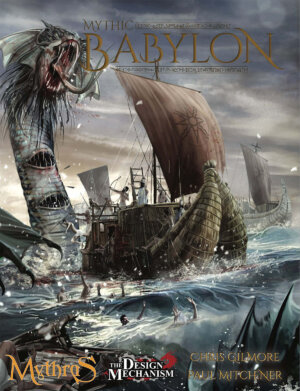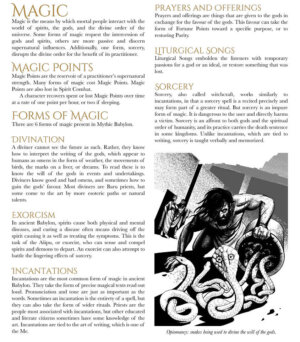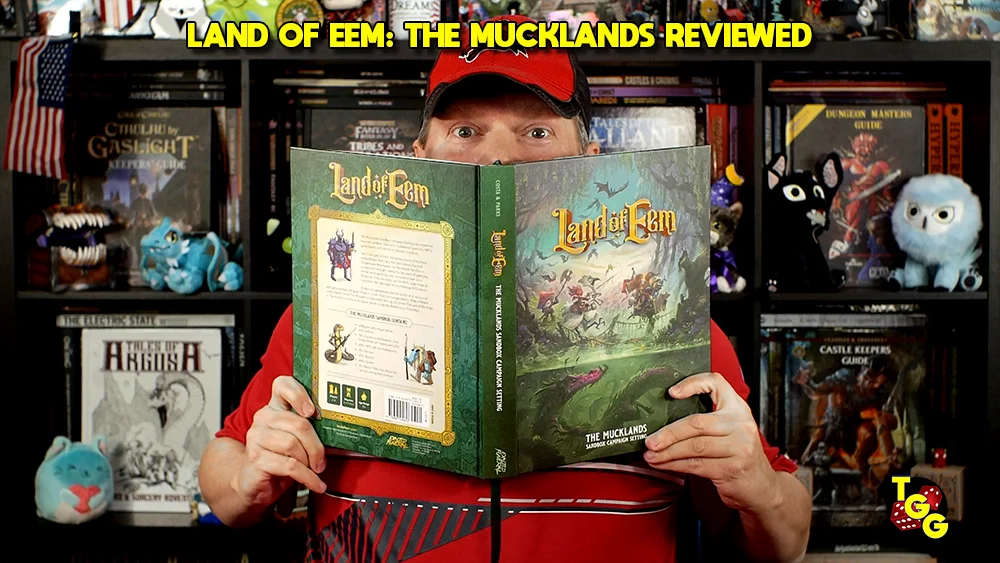
About the book:
In the year 1765 BC, King Zimri-Lim of Mari emerged from a planning session with his aides and summoned his personal scribe. As he paced the courtyard in his palace in the city of Tuttul, he dictated a letter to the scribe, who used the cut end of a reed to press the message into a warm clay tablet. That letter, which was to be sent within the hour by speedy messenger, said:
“To my wife, Šibtu, thus says Zimri-Lim: Ask the oracles in Mari questions about Hammurabi of Babylon. Will this man ever die? Does he speak with honesty? Will he bring war? Will he besiege my cities in Suhum while I campaign up north in Apum? Question the oracles, and when you have done so, do it again, and write to me with the answers.”
Some days later, the Queen of Mari replied:
“I have asked the questions about Babylon; here is what I’ve learned. The Man of Babylon is sowing many seeds against this kingdom, but they will not bear fruit. Instead, you will overpower him and capture him. Then you’ll see what the God will do to him. His days will soon be at an end. This you should know.”
Reassured, King Zimri-Lim organised his troops for departure to the district of Apum. He planned to give battle to the adventurer Atamrum, puppet of the Elamites, who was besieging his allies in the north.
What is Mythic Babylon?

This book contains everything you need to create adventures in the lands of Sumer, Akkad, and Subartu from the low lying Eden to the Cedar Mountains and even into the Underworld. Follow in the steps of kings like Gilgameš, Kubaba, or Hammurabi in this mythological and historical setting that was nearly 4000 years in the making.
Where is Mythic Babylon?
Mythic Babylon is set in what will later be called Mesopotamia by the Greeks, which means ‘The Land Between the Rivers’, referring to the Tigris and Euphrates. At the time our book is set, there is no one name for the whole region. Instead, the southern plain is called Sumer and the central plain is called Akkad. Together, these will one day be called Babylonia after the city of Babylon. The northern plain is called Subartu, but will one day come to be called Assyria after the city of Aššur.
This book focuses on Sumer, Akkad, and Subartu. Peripheral regions such as ancient Syria, Turkey, Iran, and Bahrain are given a more cursory treatment.
- SOLO BORG is Up for Crowdfunding on Kickstarter - Apr 11, 2025
- Dungeon Crawl Classics: Grave Robbers of Thracia to Land in Stores in May - Apr 11, 2025
- Score Big Savings on the Between Clouds Roleplaying Game - Apr 11, 2025


















